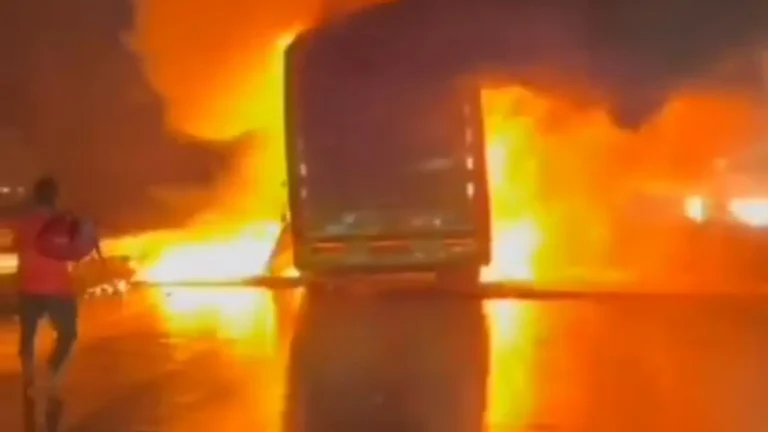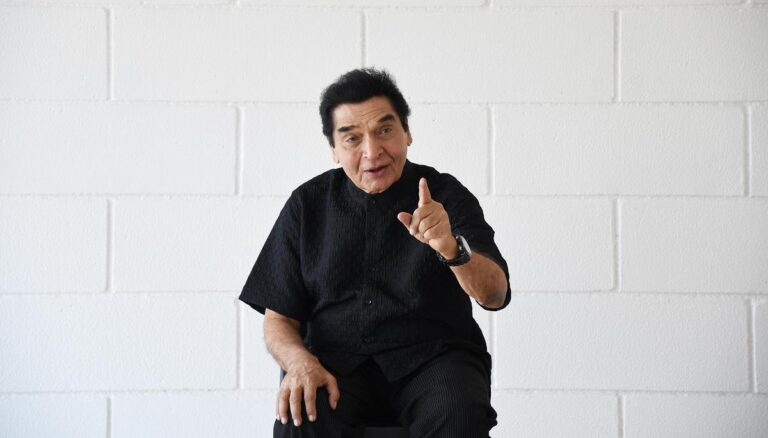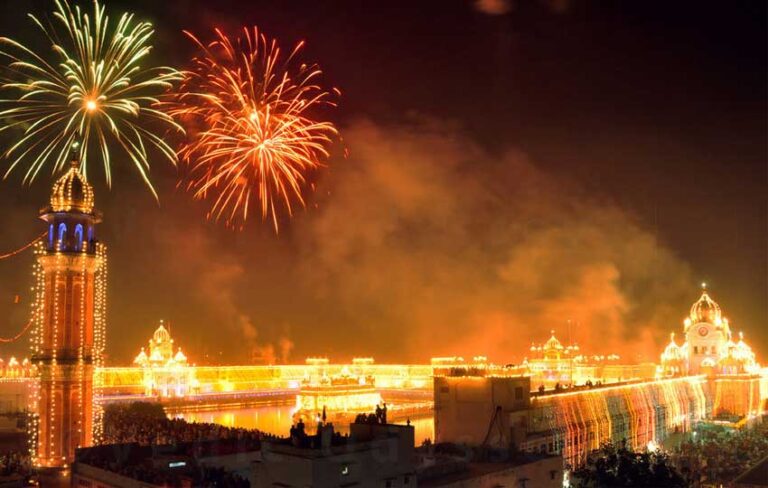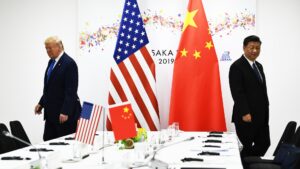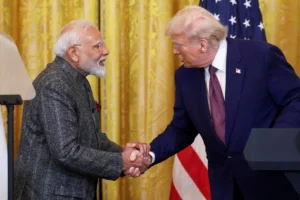Kabul / Islamabad, October 16, 2025 A deadly wave of violence between Pakistan-Afghanistan has once again pushed South Asia into a state of uncertainty. After days of heavy fighting along the border that left dozens dead, both nations agreed to a 48-hour ceasefire, marking a temporary pause in one of the most intense confrontations since the Taliban’s return to power.
The clashes began earlier this week in Spin Boldak on the Afghan side and Chaman on the Pakistani side two volatile areas long known for cross-border militancy and smuggling routes. What started as a local exchange of gunfire quickly escalated into artillery duels and airstrikes, drawing global concern.
The Spark That Ignited the Conflict
According to Islamabad, Afghan forces opened fire first, targeting Pakistani border posts. In retaliation, Pakistan launched airstrikes near Kabul and Kandahar, claiming it was responding to “unprovoked aggression.”
The Taliban government, however, rejected Pakistan’s statement, accusing Islamabad of “reckless attacks” that killed civilians, including women and children.
Eyewitnesses in Kabul described a terrifying night of explosions. “The sky was red we didn’t know what was happening. People were running, children were crying,” said Abdul Haq, a resident of western Kabul, recalling the moments before the ceasefire was announced.
Civilian Toll and Rising Anger
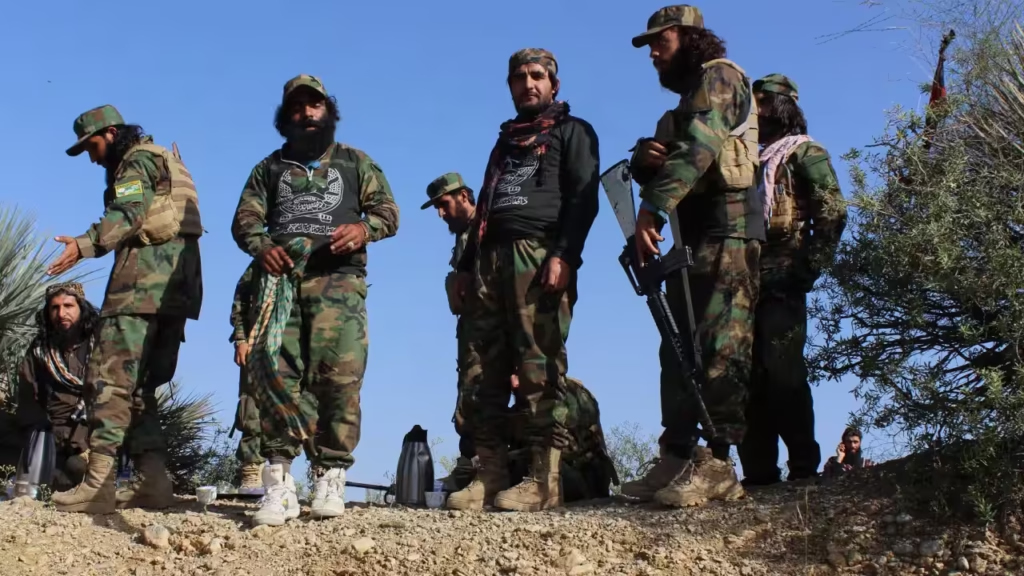
At least 35 civilians were injured and five killed in Kabul alone in Pakistan-Afghanistan Border Erupts, while unofficial reports from Kandahar and the Kurram district suggest the death toll across both sides could exceed 50 people.
Local hospitals have been overwhelmed, and humanitarian organizations are urging both governments to ensure safe corridors for aid workers.
Photos emerging from the border show burnt-out vehicles, damaged homes, and displaced families moving toward safer areas. For thousands of border residents, conflict has become a grim routine one that resurfaces every few months.
The Ceasefire and Its Uncertain Future
Late Wednesday night, after mediation from Qatar and Saudi Arabia, Pakistan-Afghanistan agreed to a 48-hour ceasefire to “allow space for dialogue and humanitarian relief.”
Both sides, however, issued conflicting statements. Pakistan’s military said Afghanistan had requested the truce, while the Taliban’s defense ministry claimed Pakistan wanted “time to de-escalate.”
The temporary calm has held so far, but the question remains for how long?
Analysts say the situation could flare up again unless there’s a serious diplomatic effort. “The border remains a flashpoint because neither side trusts the other,” said South Asia expert Dr. Rehana Qureshi. “Pakistan blames Kabul for harboring the Tehrik-e-Taliban Pakistan (TTP), while Afghanistan insists Islamabad provokes the violence to gain political leverage.”
The Roots of the Rivalry
The Pakistan-Afghanistan border, known as the Durand Line, has been disputed for more than a century. Dividing ethnic Pashtun tribes between two nations, it has always been more political than geographical.
Since the Taliban takeover in 2021, the tension has deepened. Pakistan, once the Taliban’s ally, now accuses Kabul of giving refuge to militant groups that attack Pakistani soldiers and civilians.
Afghanistan, on the other hand, claims that Pakistan’s border wall, frequent shelling, and economic restrictions have crippled its border communities.
Global Reaction and the Road Ahead
The international community has reacted with concern. The United Nations called for restraint, while neighboring Iran and China have urged both sides to “prioritize peace and protect civilians.”
The U.S. State Department described the conflict as “a serious setback to regional stability” and urged Islamabad and Kabul to work through diplomatic channels.
While the ceasefire has brought temporary relief, few believe it will hold for long. For families on both sides, the fear remains that another night could bring the sound of jets, gunfire, and loss.
As one resident of Kandahar said quietly, watching smoke rise near the border,
“Ceasefires come and go. But for us, peace has never truly arrived.”





